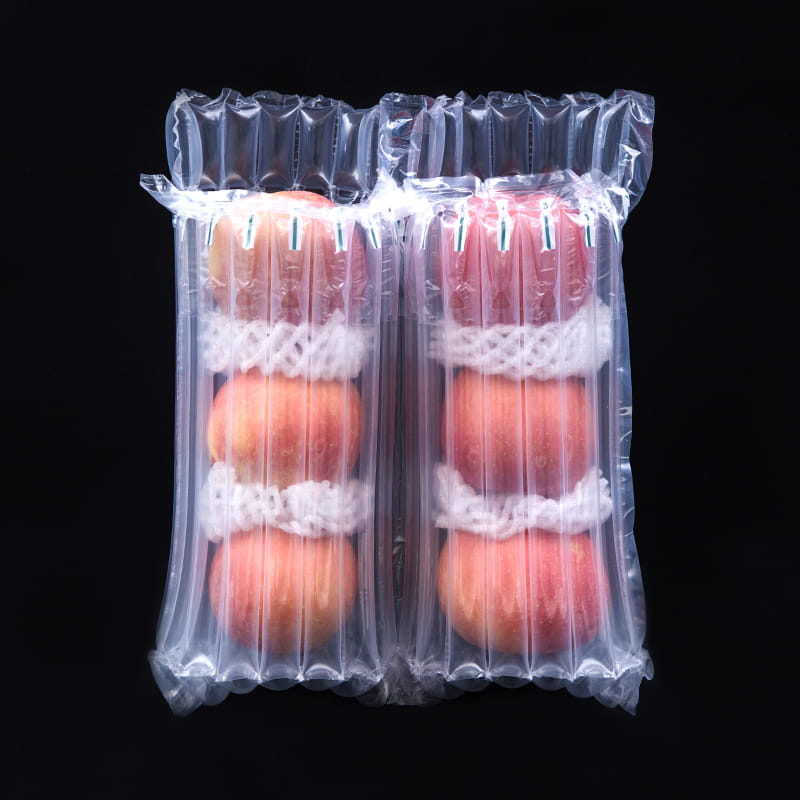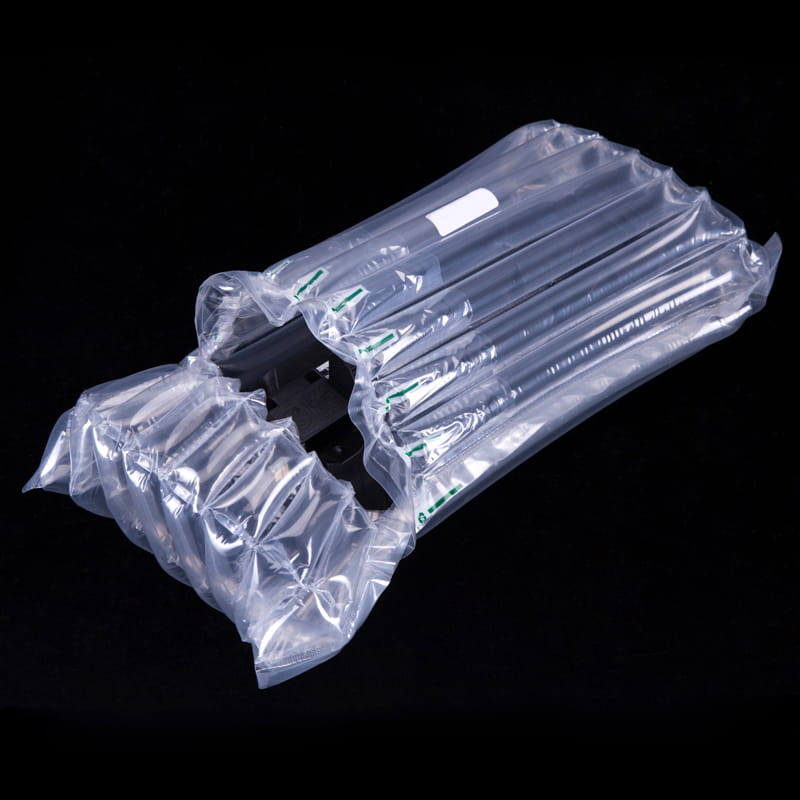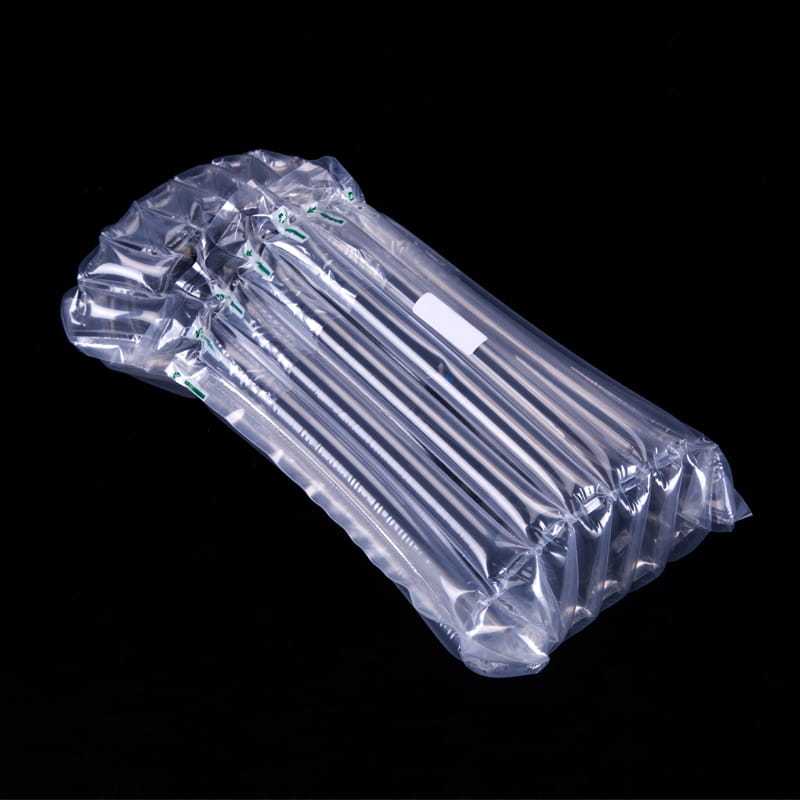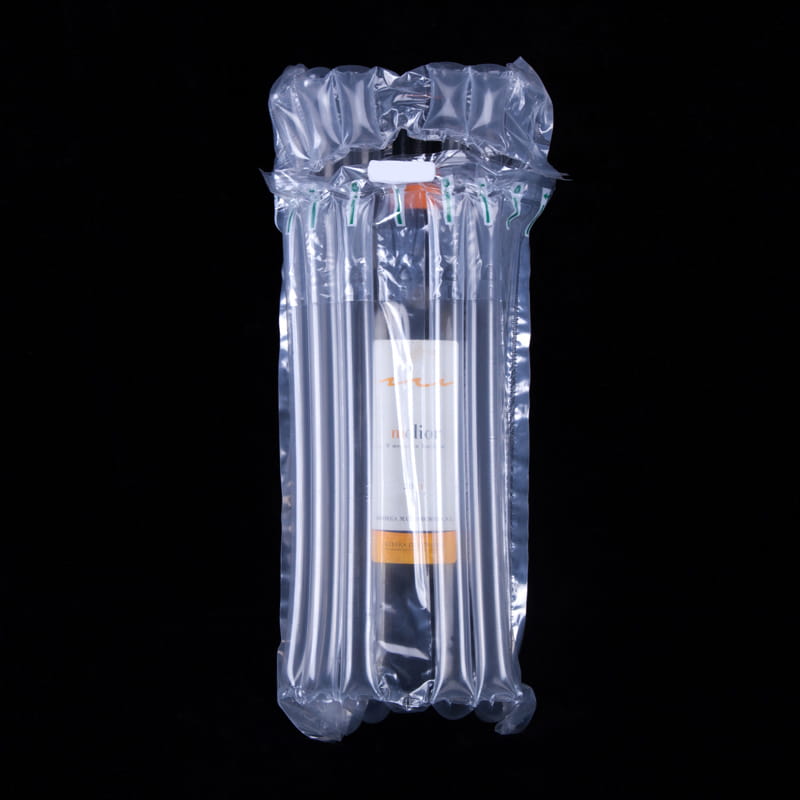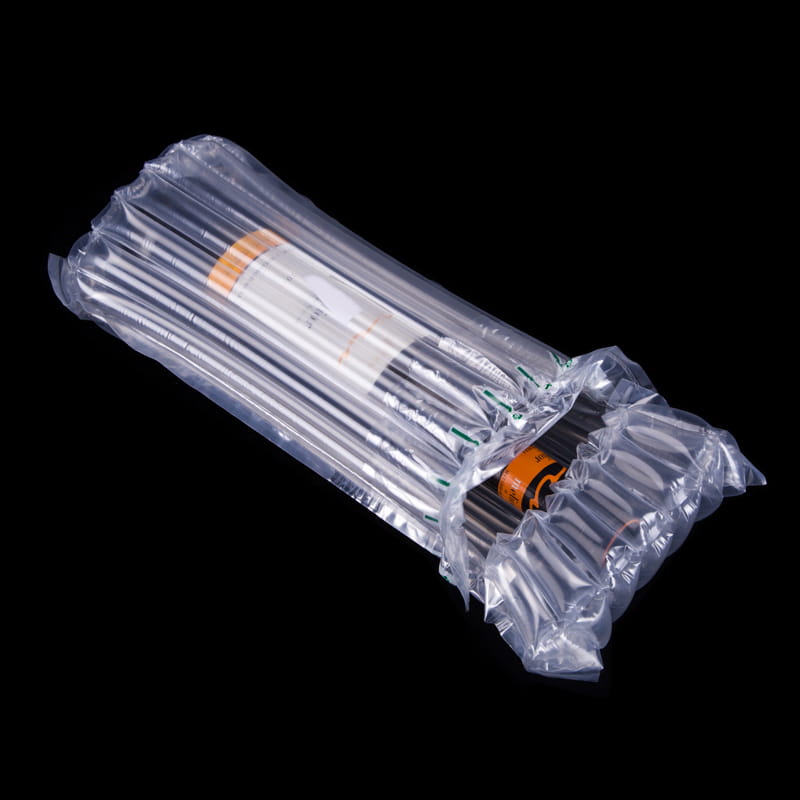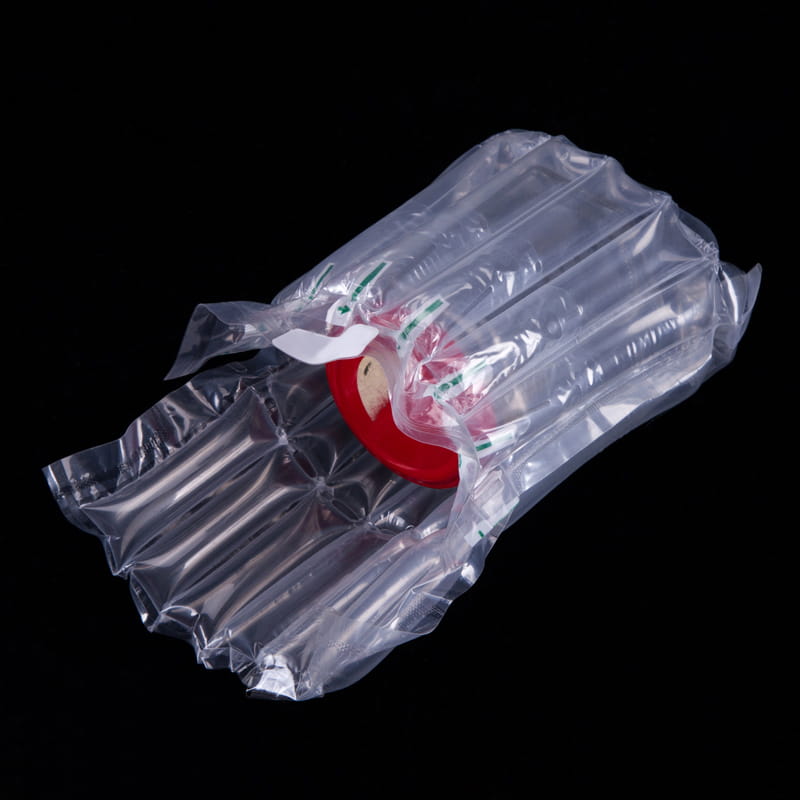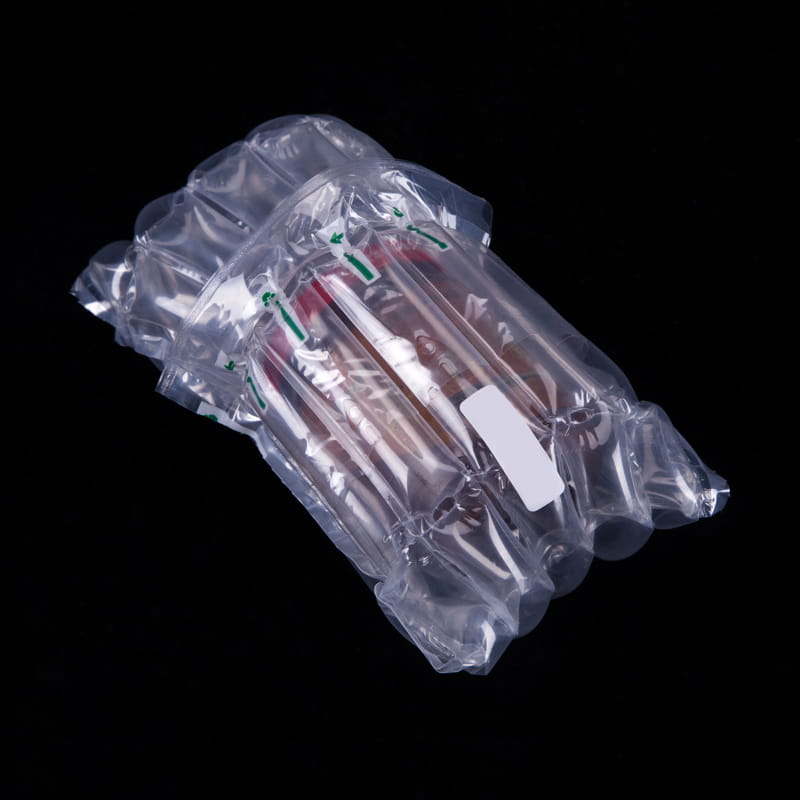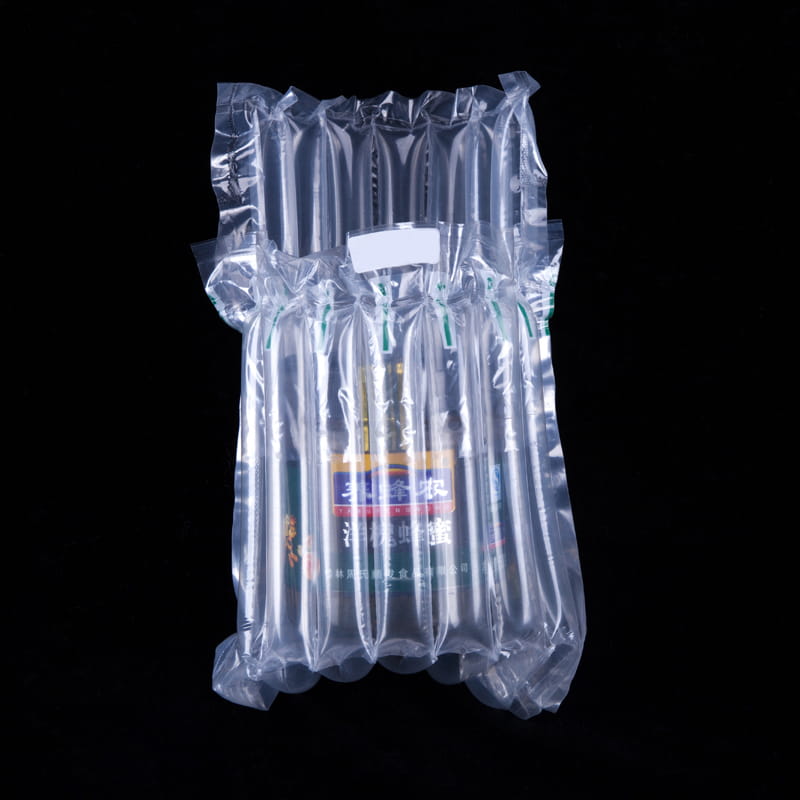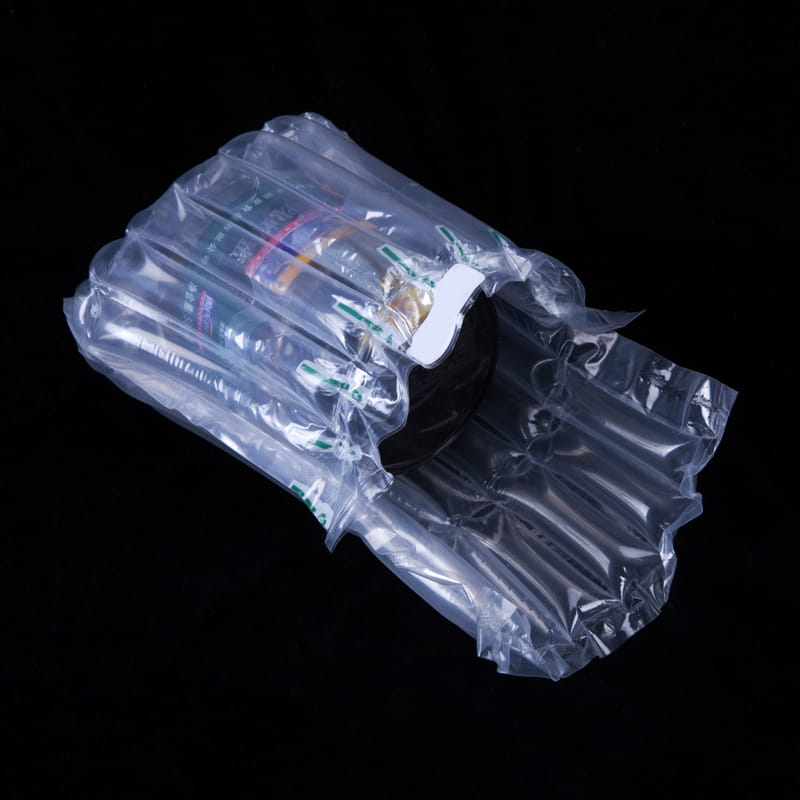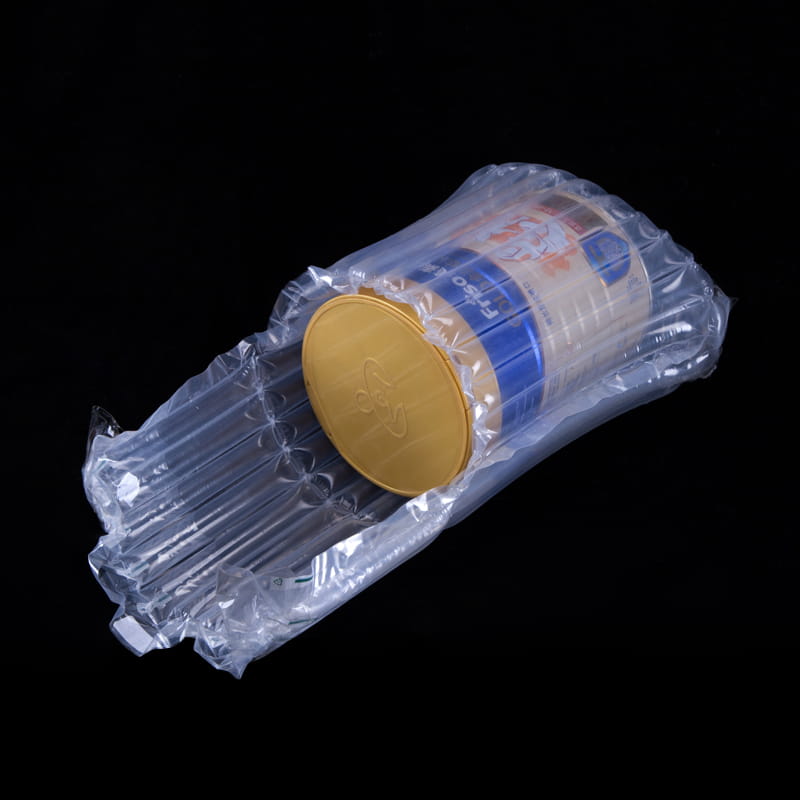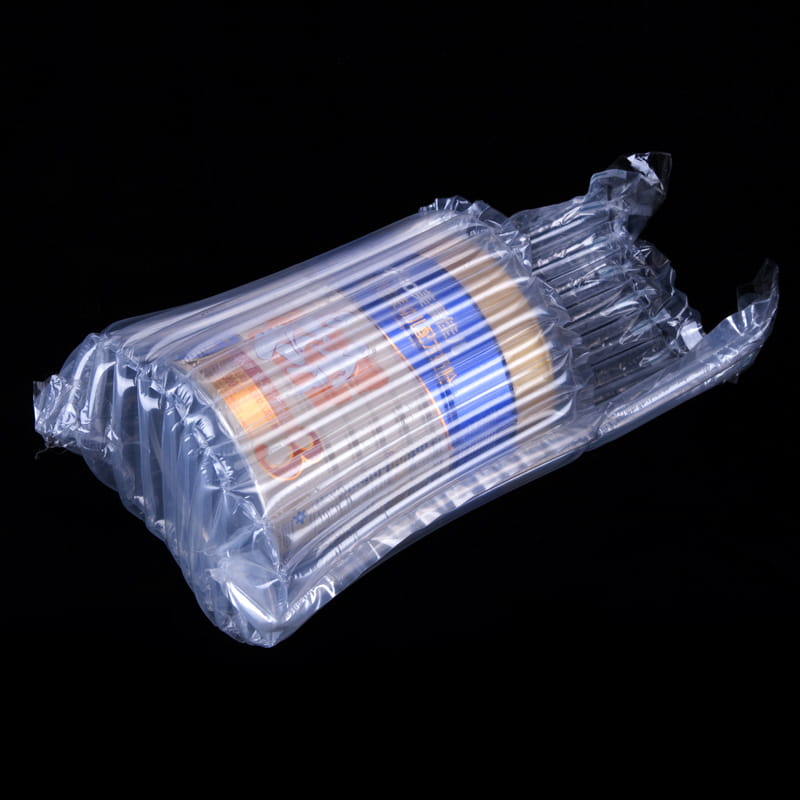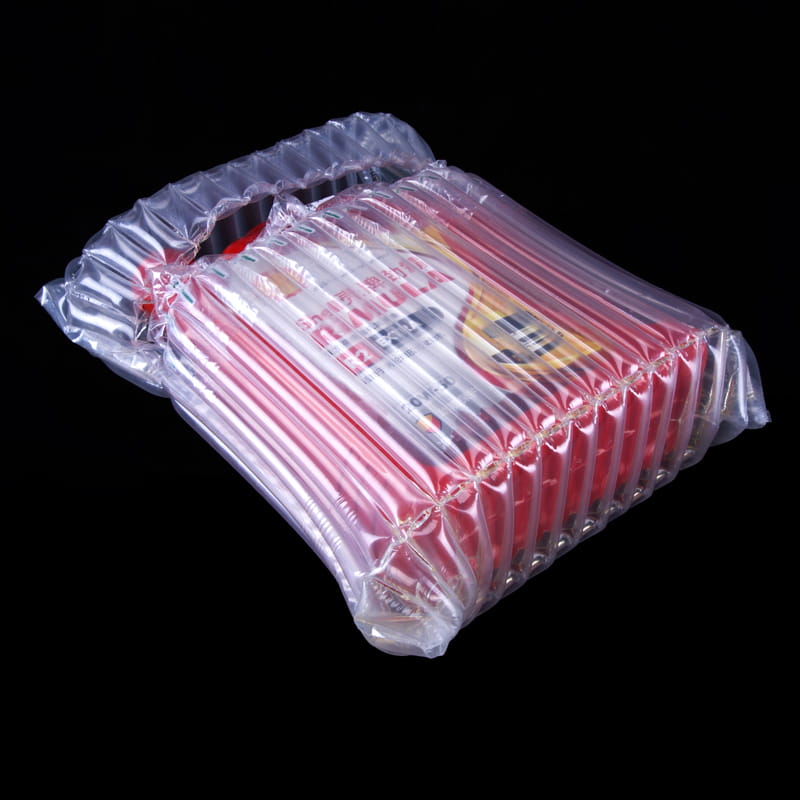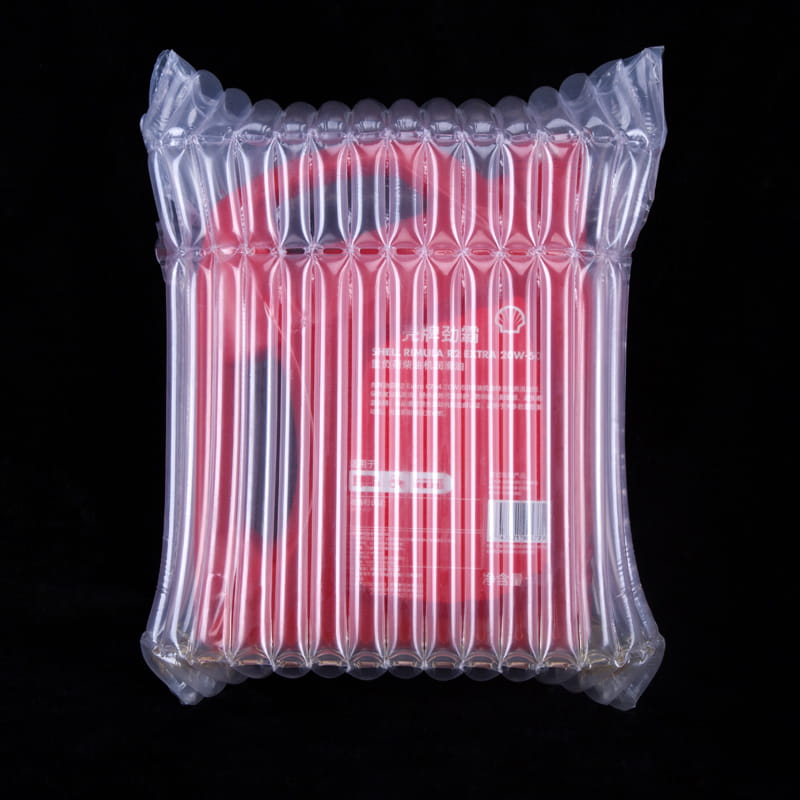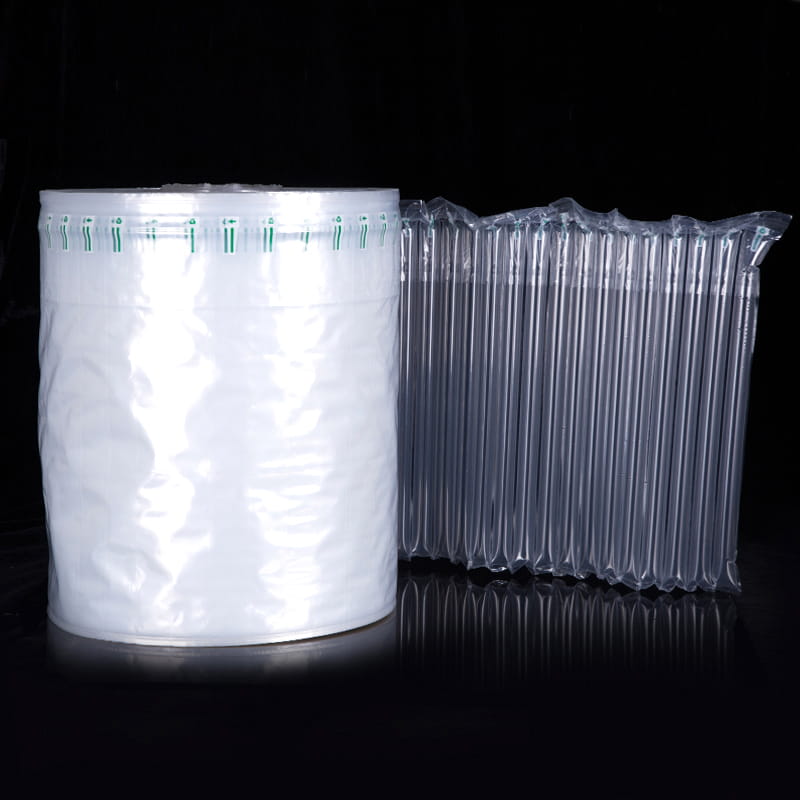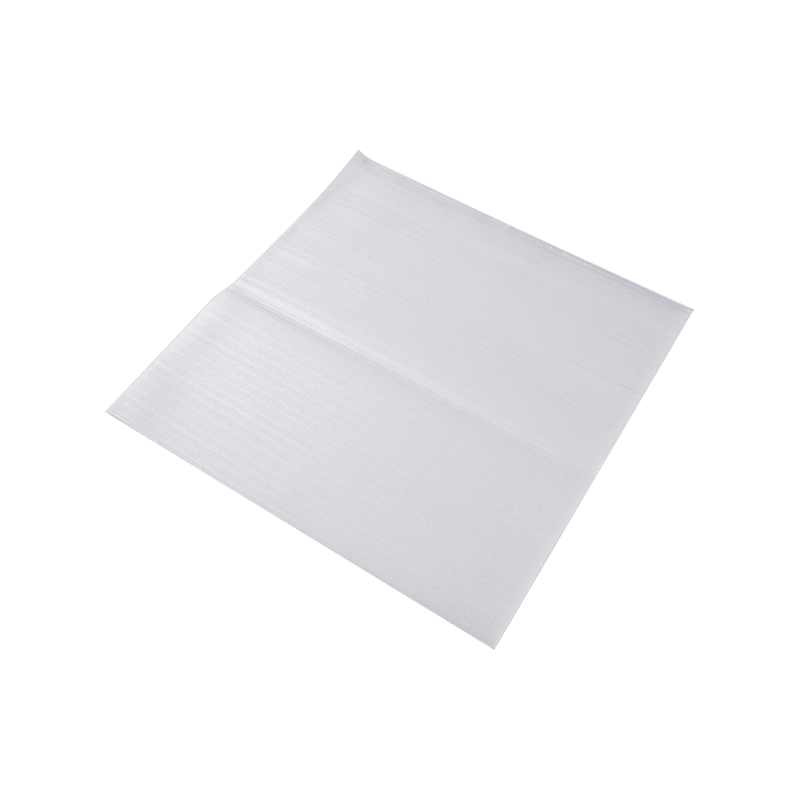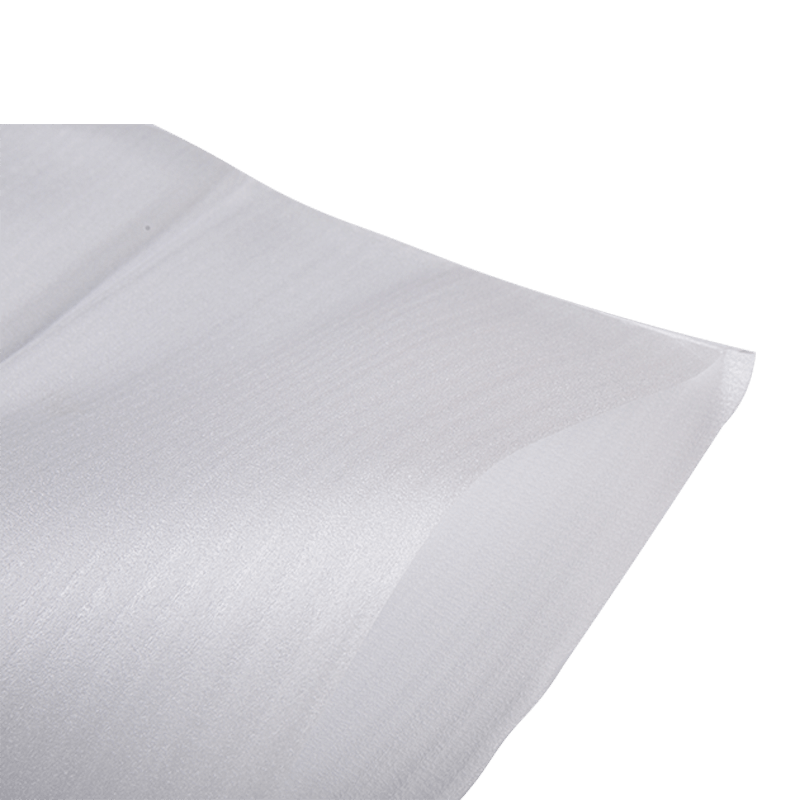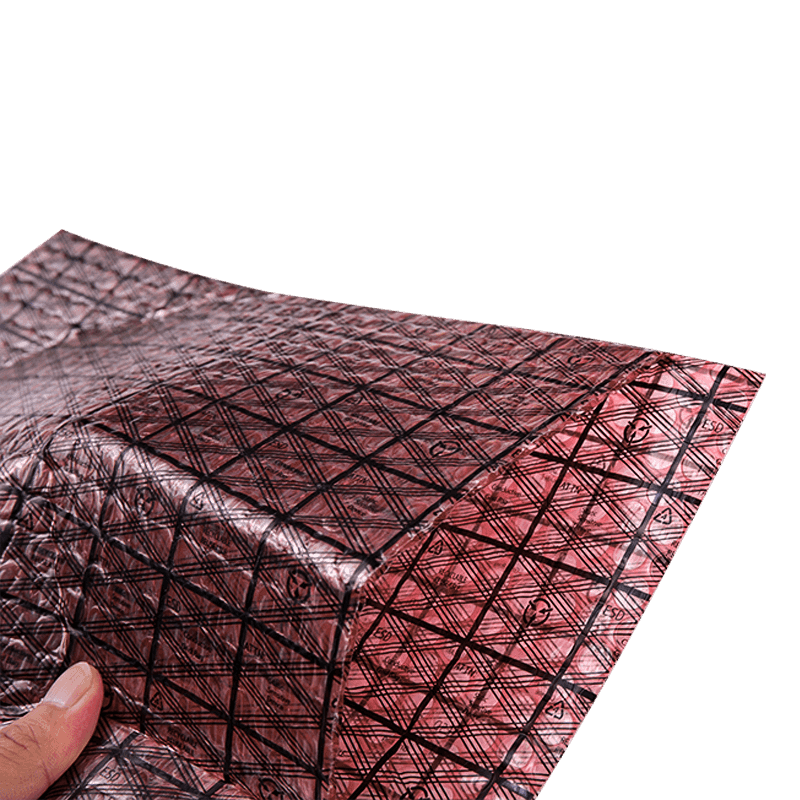In the ever-evolving landscape of packaging solutions, air column bags have emerged as a popular choice for protecting fragile items during transit. Known for their lightweight design and shock-absorbing capabilities, these bags are often used in e-commerce and shipping industries. But how do they hold up when faced with extreme temperature conditions?
Understanding Air Column Bags
Air column bags are inflatable packaging solutions made from durable plastic materials that trap air within vertical columns, creating a cushioning effect. This design allows them to effectively protect fragile items like electronics, glassware, and ceramics from impact during shipping. However, their performance can be significantly influenced by temperature variations, raising questions about their reliability in extreme conditions.
Research indicates that air column bags can withstand temperatures ranging from -40°F to 120°F (-40°C to 49°C). At these extremes, the integrity of the bags is tested, as low temperatures can make the material brittle, while high temperatures can lead to expansion or deformation. Experts suggest that the material composition plays a vital role in this resilience—polyethylene and nylon blends often outperform standard plastic in harsh conditions.
Performance in High Temperatures
When exposed to high temperatures, air column bags can expand and potentially burst if the air inside heats up too much. However, many manufacturers have developed heat-resistant variants that can tolerate elevated temperatures without compromising structural integrity. For example, a study by the Packaging Technology and Science journal found that bags designed with heat-stabilized materials maintained their cushioning capabilities even at temperatures reaching 150°F (65°C).
Moreover, it's essential to consider the effects of ambient temperature on the contents of the bags. Items such as electronics can be adversely affected by heat, leading to performance issues or damage. Therefore, selecting the right type of air column bag for heat-sensitive products is crucial for ensuring the safety of shipments.

Performance in Low Temperatures
On the flip side, low temperatures pose their own set of challenges. As temperatures drop, the materials used in air column bags can become brittle, increasing the risk of punctures or tears during handling. In a cold storage environment, air column bags may struggle to provide adequate protection, especially if they are not specifically designed for such conditions.
To combat this issue, some manufacturers have introduced low-temperature variants that maintain flexibility even in frigid conditions. For instance, a 2022 report by the Institute of Packaging Professionals highlighted that air column bags designed for extreme cold could withstand temperatures as low as -60°F (-51°C) while retaining their protective qualities. This development is particularly beneficial for industries dealing with temperature-sensitive products like pharmaceuticals and perishable goods.
Air column bags are a versatile and effective packaging solution for protecting fragile items, but their performance under extreme temperature conditions cannot be overlooked. While advancements in materials have improved their resilience to both high and low temperatures, businesses must remain vigilant in selecting the right type of air column bag based on the specific needs of their products.
Understanding the limitations and capabilities of air column bags in extreme temperatures can help businesses make informed decisions that ultimately protect their investments and ensure customer satisfaction. As the packaging industry continues to innovate, we can expect to see even more robust solutions that cater to the challenges presented by temperature fluctuations.







